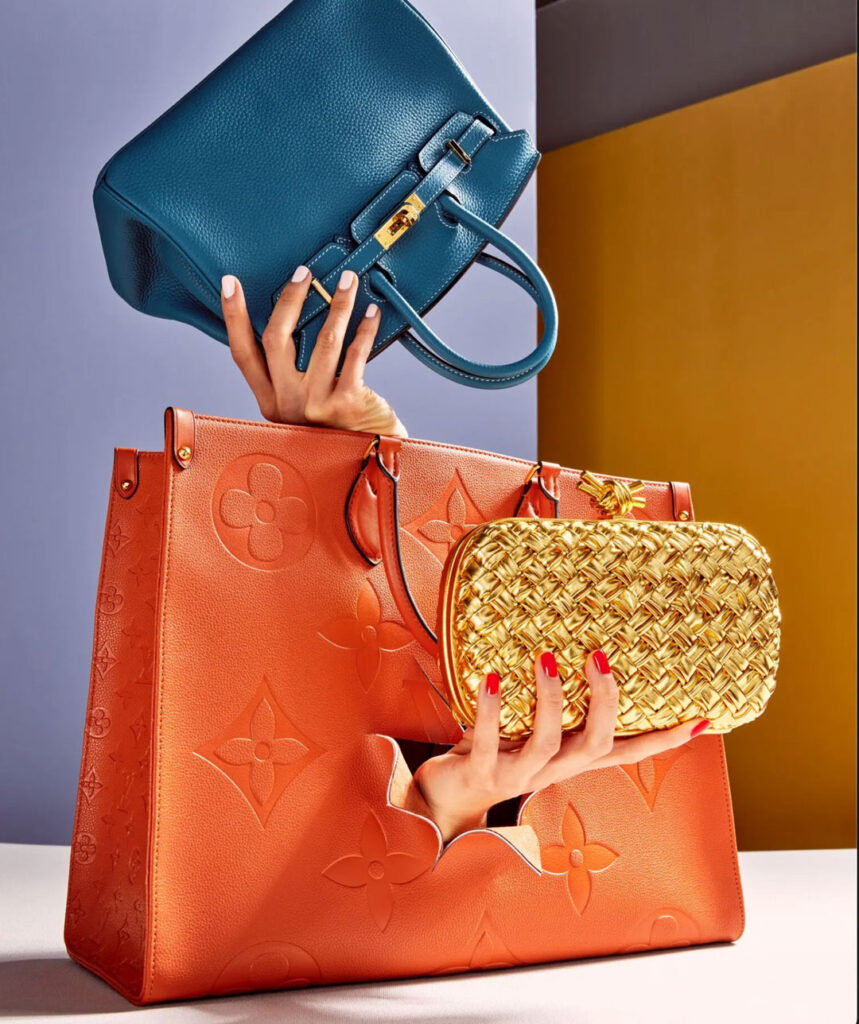Can you discern a $10,000 CHANEL bag from a $200 imitation? The truth is, hardly anyone can, causing a massive upheaval in the luxury fashion industry.
I recently found myself strolling through the streets of Paris with a counterfeit CELINE handbag draped over my shoulder. In France, a nation that takes pride in its fashion heritage, the penalties for counterfeiting are strict, with possible consequences including three years in prison for merely carrying my seemingly innocuous knockoff. Yet, my bag’s inauthenticity was virtually indistinguishable. I harbored a thrilling, maddening secret: my bag appeared identical to the genuine article in both design and quality. It was, however, deemed fake and deceitful.

My journey into the realm of exceptionally realistic counterfeit handbags, known as “super fakes” to frustrated fashion brands and intellectual property attorneys, or “reps” to their ardent purchasers, began a couple of years prior during an impulsive moment. It was early 2021 when I was drawn to an advertisement featuring Kaia Gerber clutching a CELINE Triomphe, a simple, tiny rectangular bag with a seemingly outrageous $2,200 price tag.
As a first-generation immigrant, I was determined not to be someone who coveted luxury handbags. However, I succumbed to temptation and began searching for affordable CELINE Triomphe options.
As a first-generation immigrant, I was determined not to be someone who coveted luxury handbags. However, during the seemingly endless days of quarantine, I succumbed to temptation and began searching for affordable CELINE Triomphe options. This led me to a Reddit community of replica bag aficionados who shared information about “trusted sellers” offering CHANEL 2.55, LOEWE Puzzle, or HERMÈS Birkin replicas indistinguishable from the real thing at just a fraction of the retail price.
These astounding replicas originated in China, where a new breed of counterfeit bags has emerged in the last decade, boasting impeccable quality and evading customs effortlessly. These superfakes can deceive even the most discerning eye, leading to a vast and pervasive issue in the luxury fashion world. According to Hunter Thompson, who oversees authentication at luxury consignment site The RealReal, “It’s gotten to the point that you can see something in season replicated within that season.”
With consumers facing rampant inflation, the allure of a $100 replica of a $10,000 HERMÈS Birkin is hard to resist.
Superfakes have become a massive market fueled by the pandemic, stimulus-check spending, and social media platforms like Instagram. With consumers facing rampant inflation, the allure of a $100 copycat of a $10,000 handbag is hard to resist.
The challenge of addressing duplication in fashion is a complex one. While design houses spend billions combatting counterfeits, even authentic luxury bags like PRADA Cleos and DIOR Book Totes are produced using machines and templates, begging the question: what truly distinguishes a genuine bag from a fake? Is it simply about who profits from the sale? As the world of super fakes evolves, the lines between authentic luxury and these hyperrealistic replicas become increasingly blurred.
The market for replica luxury bags and superfakes is thriving, with shoppers eager to find a good deal on designer-inspired items. In China, where many of these counterfeit products are made, millions of people are involved in producing and distributing these bags. Guangzhou is considered the epicenter of super fakes production, with bag-making technology and skilled artisans contributing to their rapid proliferation.
The production of superfakes is often reliant on high-quality materials and craftsmanship, with some manufacturers sourcing materials from the same suppliers as luxury brands.
These counterfeit operations have adapted to avoid detection, utilizing a fragmented supply chain that makes it difficult to track and dismantle. The production of super fakes is often reliant on high-quality materials and craftsmanship, with some manufacturers sourcing materials from the same suppliers as luxury brands. Chinese authorities have little incentive to shut down these operations, as they benefit local economies and enjoy support from some consumers who see replica bags as a more accessible alternative to high-end fashion.
As the quality of counterfeit luxury bags improves, there is a growing sense of subversion among those who embrace them.
Though experts claim that there are always subtle differences between superfakes and genuine luxury bags, some admit that discerning can be challenging. As the quality of counterfeit luxury bags improves, there is a growing sense of subversion among those who embrace them, challenging the dominance of luxury brands and their exclusive pricing. Replica bags have become a symbol of the democratization of fashion, particularly for middle-class consumers who feel empowered by having access to these sought-after items.
In the face of global wealth disparity, attitudes towards fake bags are shifting, with some arguing that they represent a more accessible and honest approach to luxury fashion. Pursuing designer bags and their superfake counterparts continues to spark debate and challenge conventional notions of value and authenticity.
